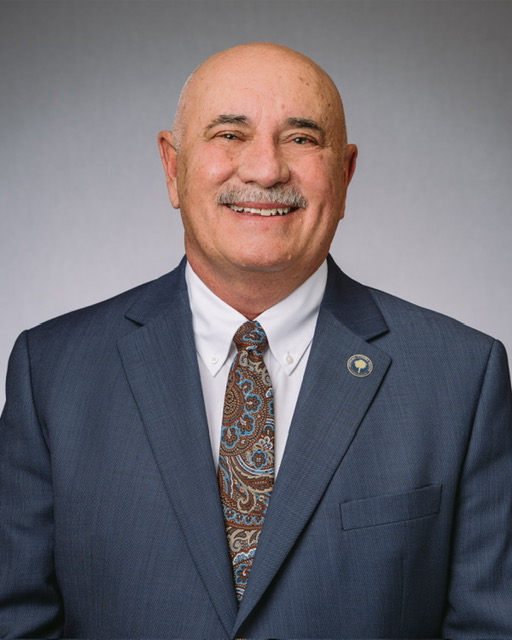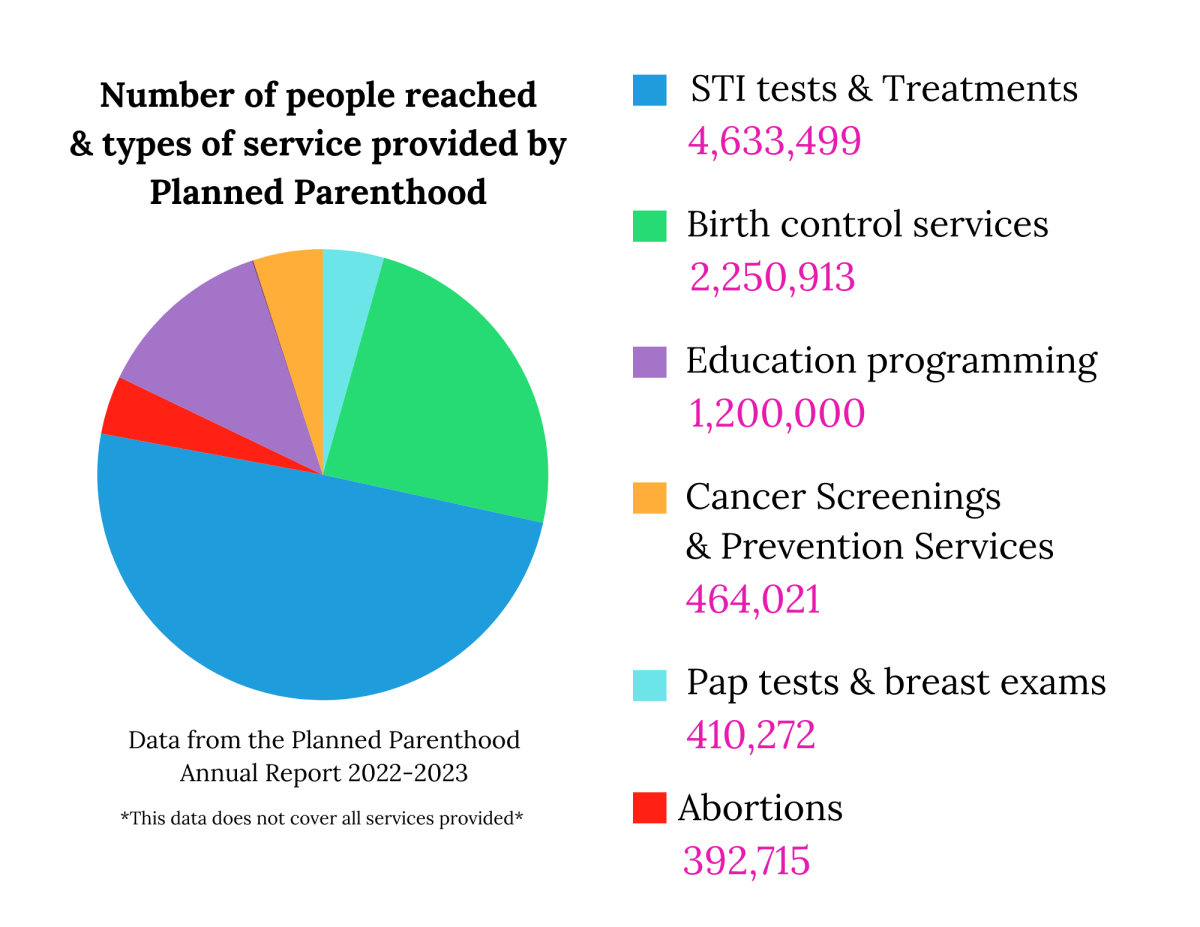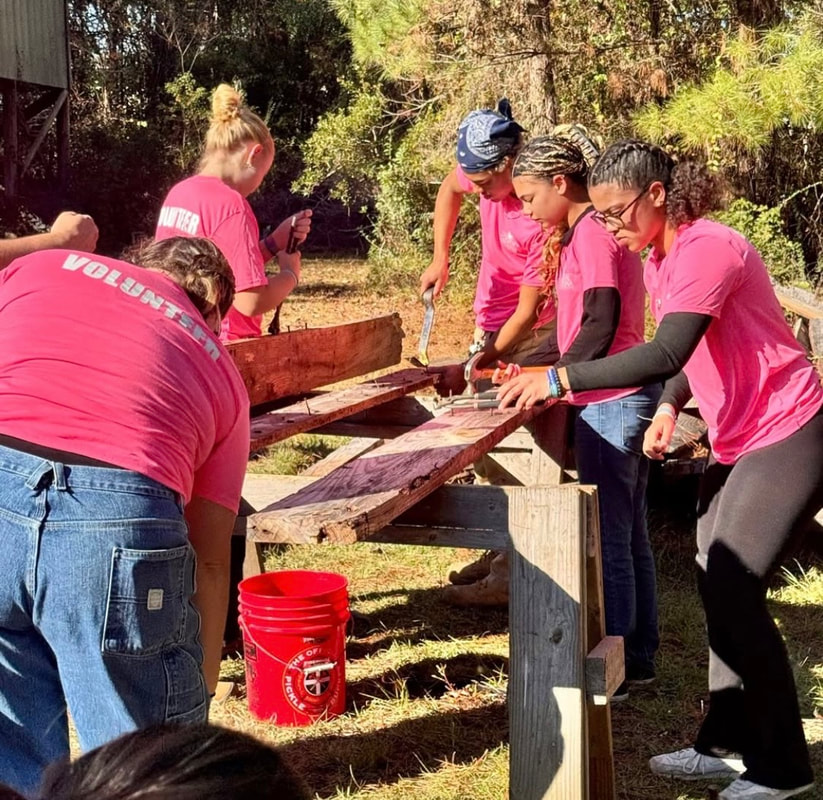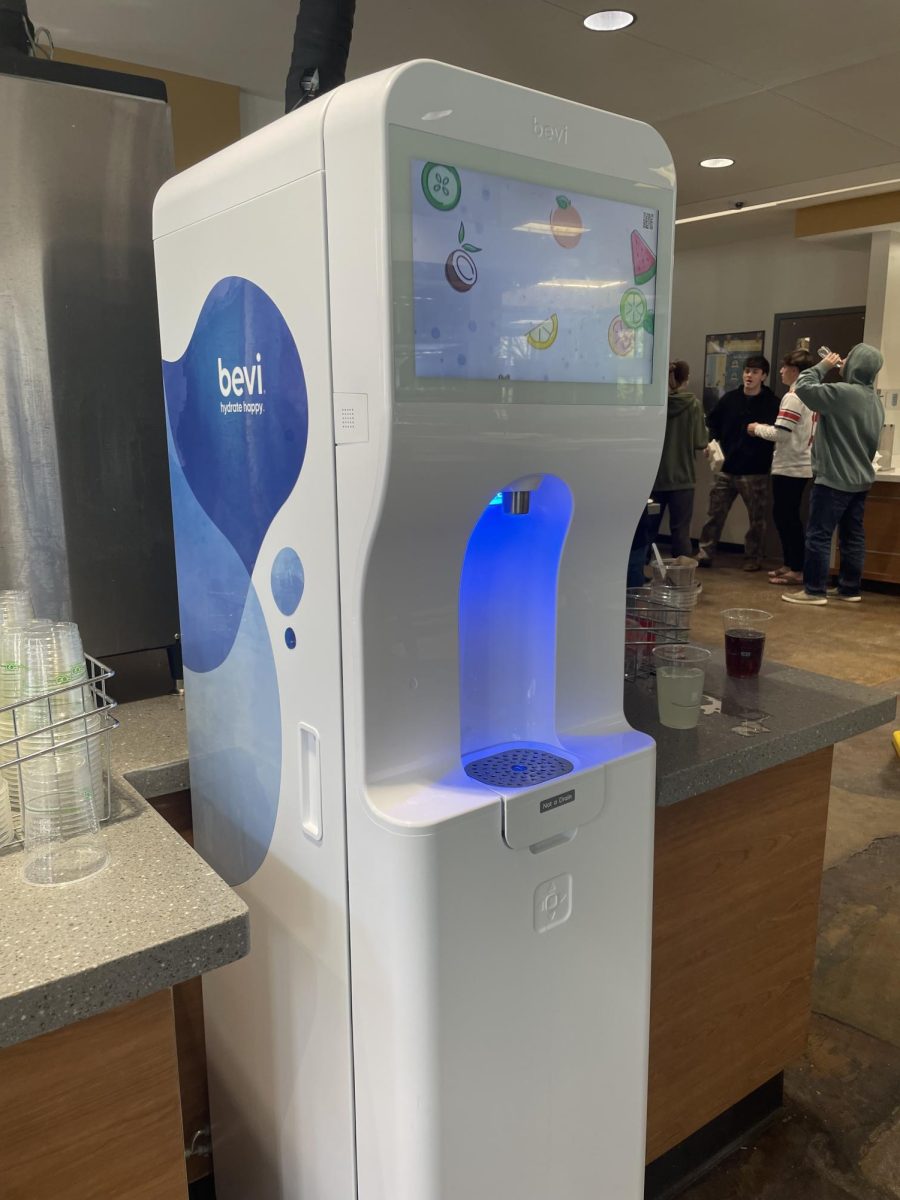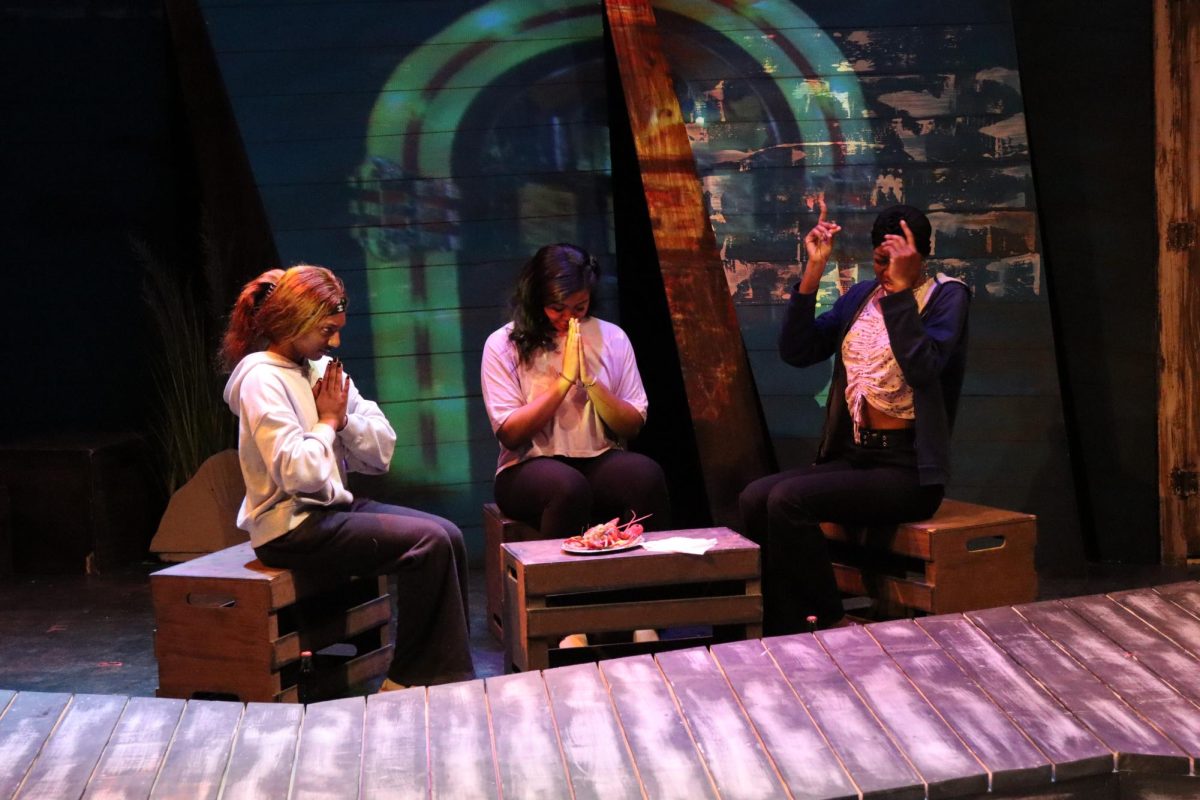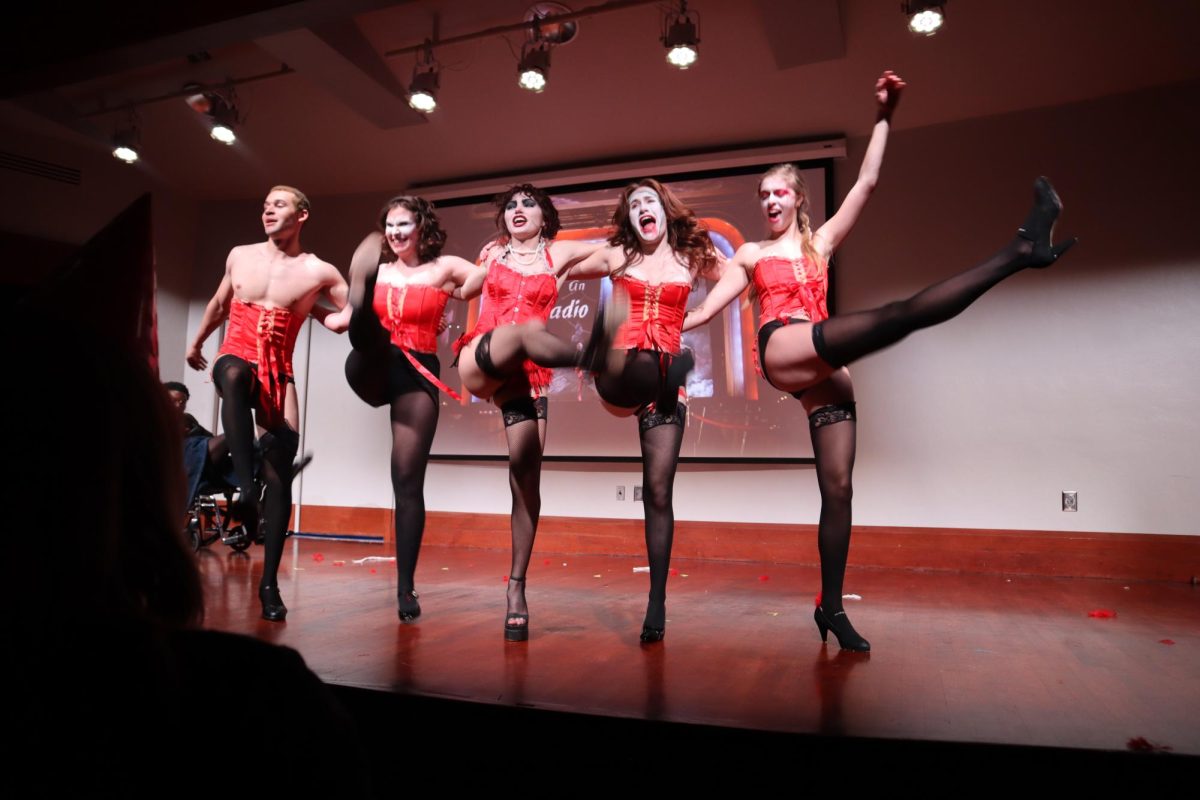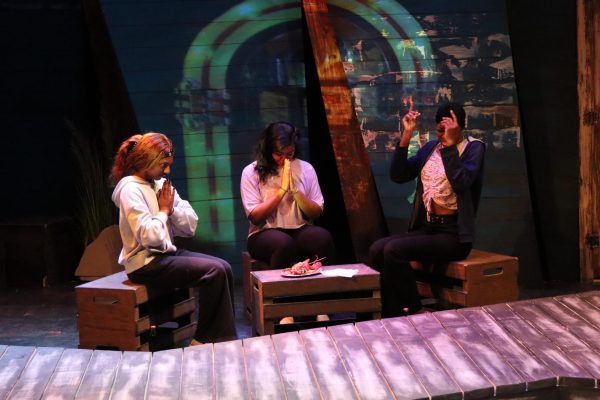What the United States is missing: Germany and its rich history
The other day I was talking with a friend about the history of Remagen, the cozy little town where I am staying. I told her it’s incredible because every day I am reminded of Germany’s history from the things I see around me. I believe these reminders help shape the German culture and are a big part of what we are missing in the United States.
In Remagen, there is a bridge known as the Ludendorff Bridge, or the Bridge at Remagen. It was constructed during World War I to help deliver supplies to the other side of the river. The bridge collapsed on March 17, 1945, during World War II, shortly after it was captured by the Nazis.
After the bridge was destroyed, it was never rebuilt, and the remains still stand in Remagen today. The side located in Remagen has been turned into a peace museum, whereas the side located in Erpel, on the opposite side of the Rhine River, is now used as a space for performing arts.
In addition to the daily reminder of Germany’s wartimes due to the bridge, there is a large hill in Remagen, and in the side of the hill there is a hole. The hole is where snipers used to hide out during WWII. Atop the hill is also a cross.
The cross was put there to represent peace between Germany and the United States. It is there as a reminder of what happened and to show how the countries came together. At night, the cross is lit up, overlooking the whole town; it’s a beautiful sight to see.
Remagen is just one small town of many in Germany. On March 20, myself and several international students visited the city of Koblenz.
Koblenz is a well-known city, especially for tourists because of the Deutsches Eck. The English translation is “German Corner,” and the landmark was given this name because it is where the Rhine and Moselle River meet.
Parallel to the point of the Deutsches Eck is a statue of Kaiser Wilhelm I, the former and first German emperor. A statue of him was created in 1897 to honor his important role in unifying Germany. The original monument was destroyed in WWII, with parts of it preserved as a memorial, and the current statue is one which has been in place since 1993.
Also located in the Deutsches Eck is Germany’s flag, and a flag of each of the 16 Länder, or federal states, to represent unification across the country.
These places play a big part of German culture. They are a daily reminder of what has happened, why it happened, what the outcome was, and how to move forward.
In the United States, unless you live in a historical city such as Washington, D.C., which has monuments and statues, there is no visual representation of our country’s history. Granted, there has never been a war directly on our soil, but there have still been conflicts and events no one knows or talks about.
For example, Coastal’s campus is built on land originally settled by native American people that was taken from them. Only recently has the university started to recognize that part of our history. We are a young campus, in a young country, but we have stories that get overlooked. South Carolina’s role in the trade of enslaved people is rarely acknowledged, and it seems easy to overlook or ignore for many people.
This is easy to understand because there is nothing to represent this history in the campus sculptures and public art that forms our collective memory.
This needs to change.
